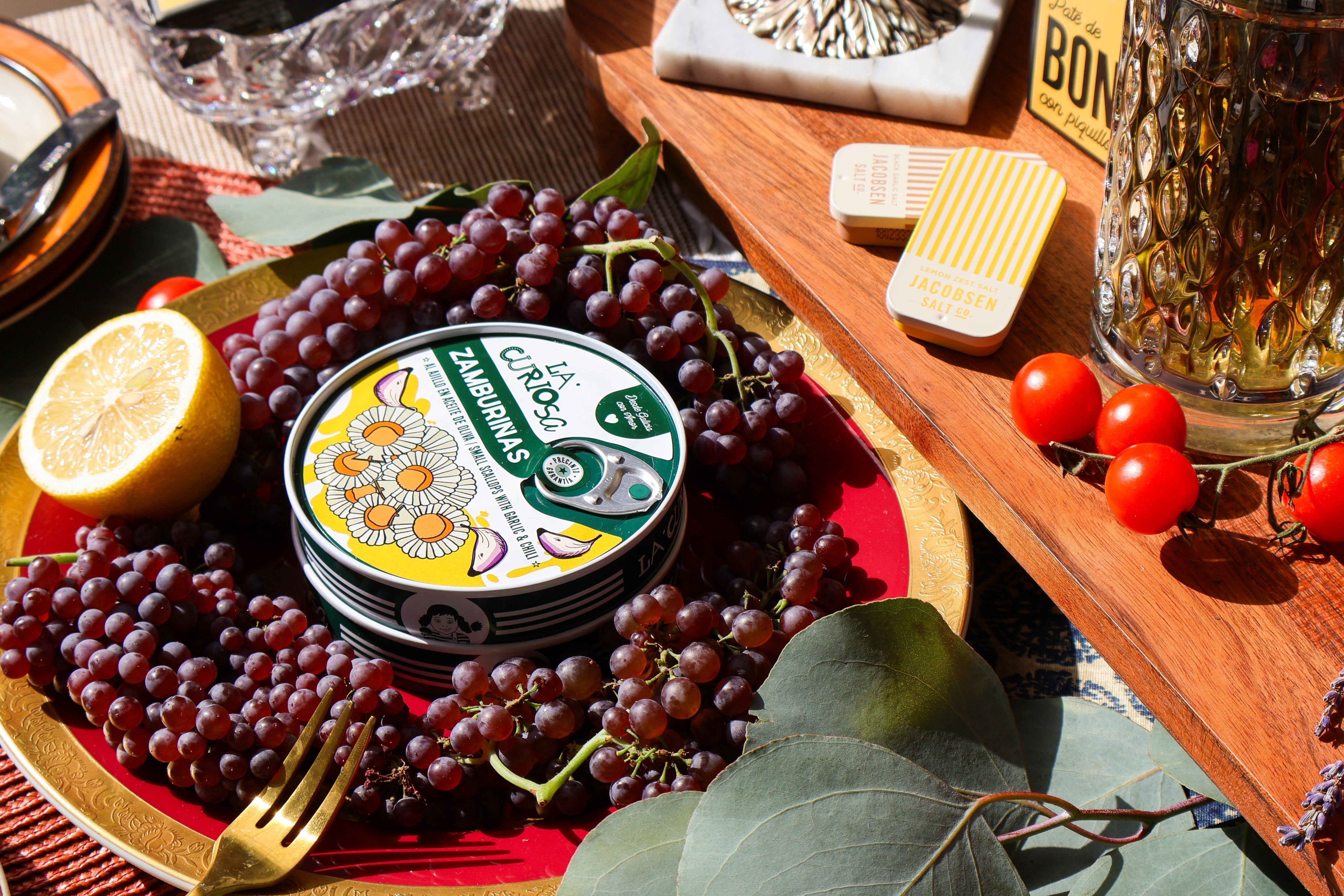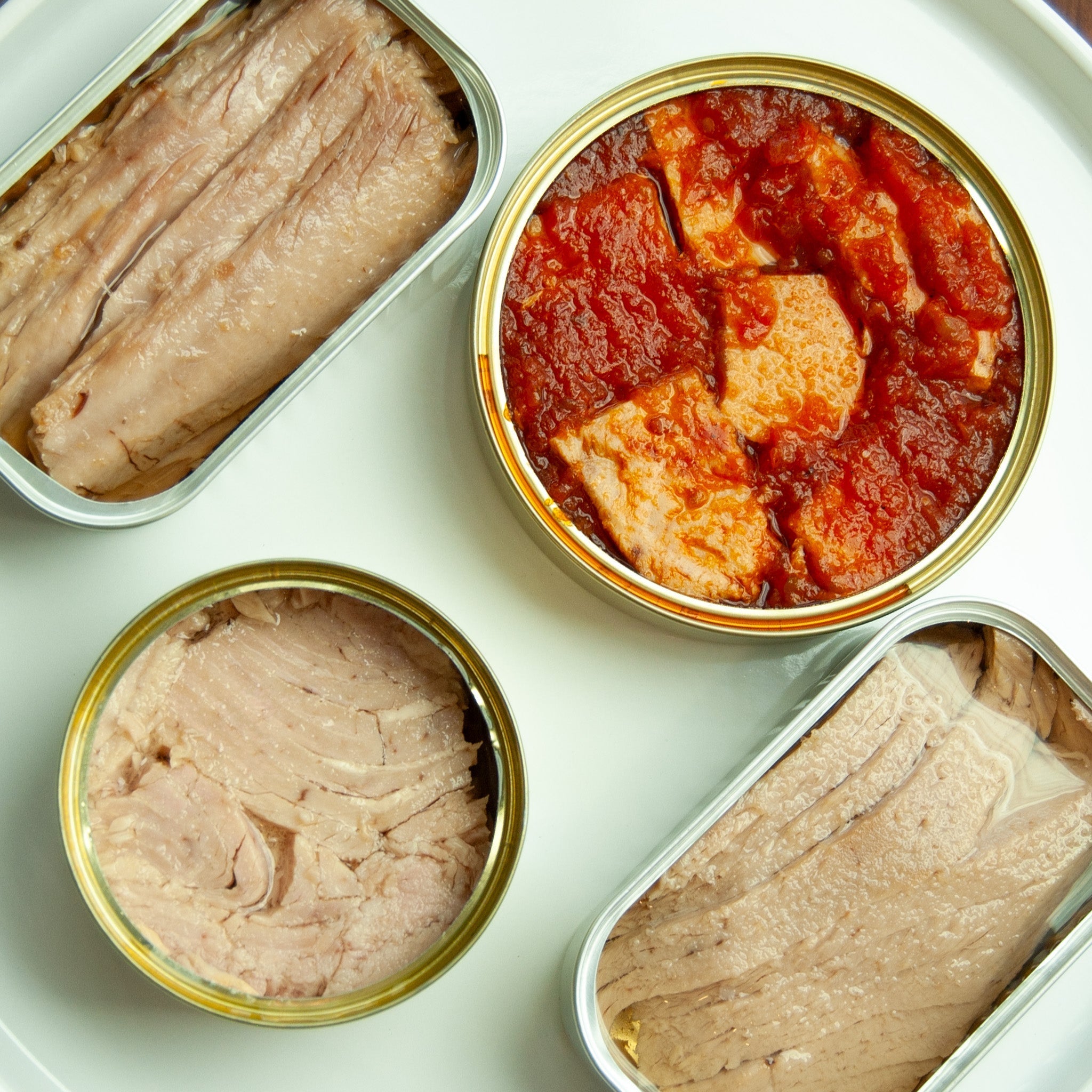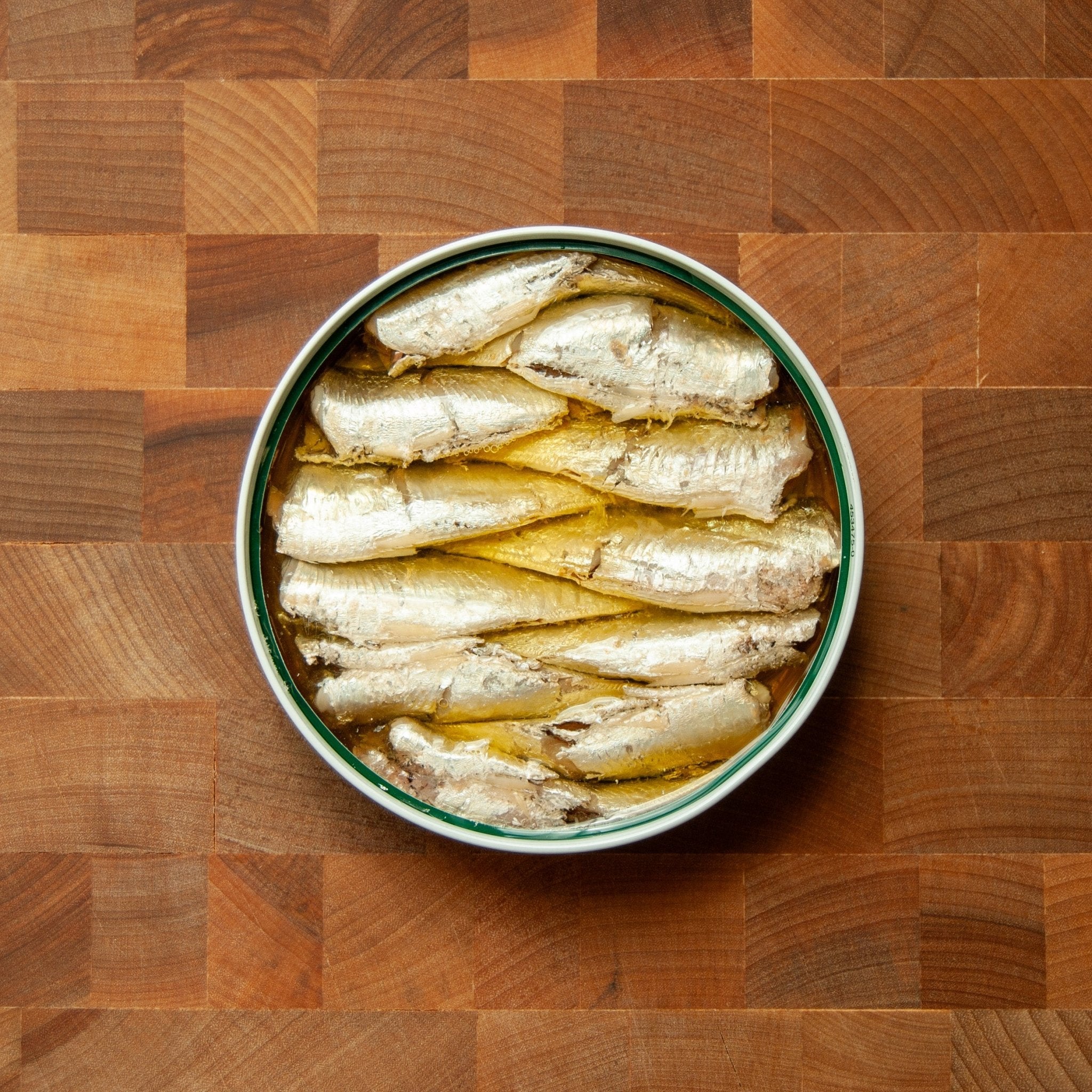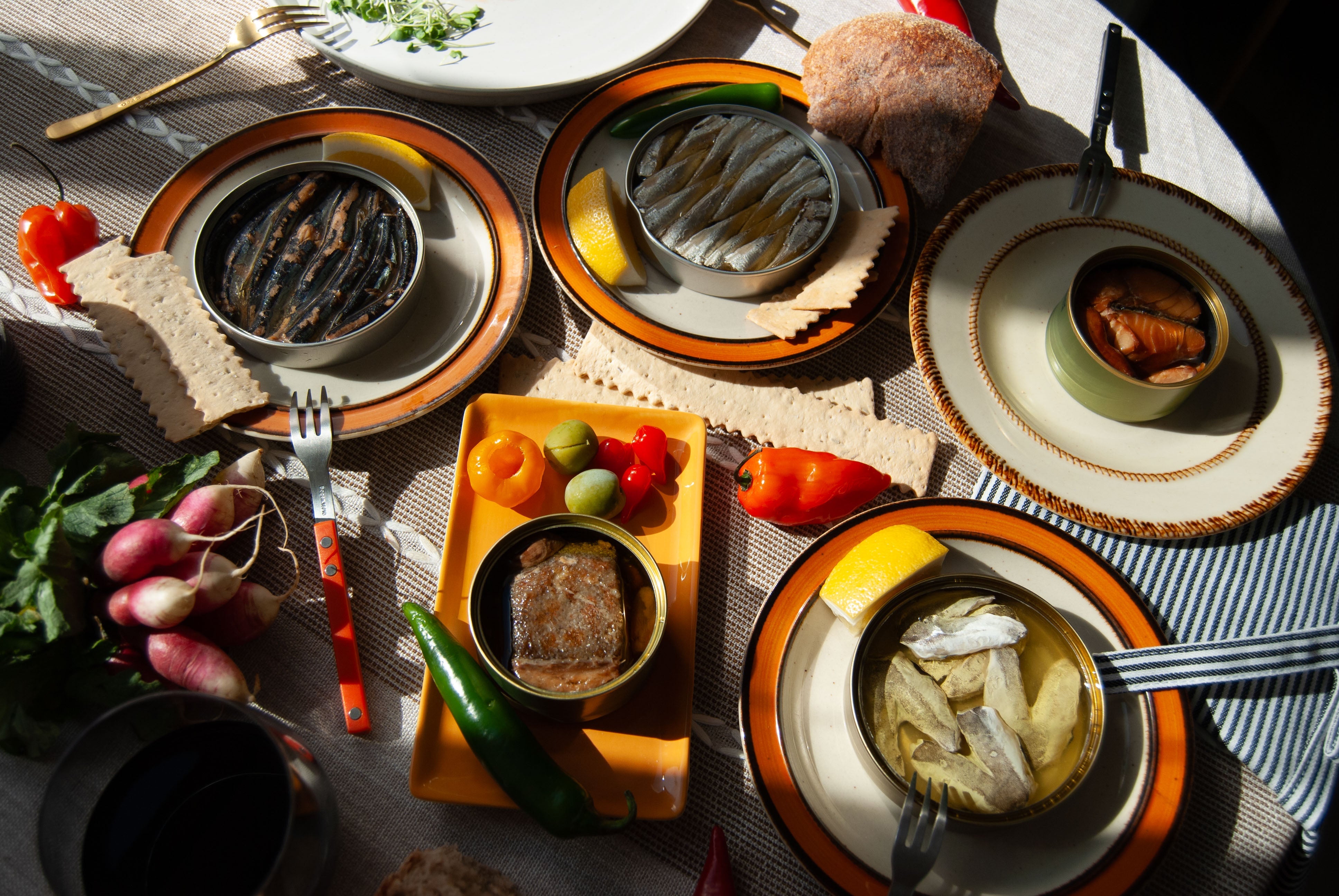The Powerhouse of Tinned Fish: Sardines
Sardines, with their exceptional nutrient density, versatile culinary uses, and irresistible flavor, are truly a powerhouse among tinned fish. These tiny fish pack a mighty punch, offering a range of health benefits and delightful taste experiences.
Scientific Name & Nutritional Benefits
Known scientifically as Sardina pilchardus, sardines are more than just a tasty addition to your meals. They are packed with essential nutrients including B-vitamins, which are crucial for supporting the nervous system and converting food into energy. Additionally, sardines are a natural source of omega-3 fatty acids, which have been shown to reduce the risk of cardiovascular disease and enhance brain function.
Flavor Profile & Common Pairings
Sardines are renowned for their rich, robust flavor and smooth texture. Their taste can range from mildly briny to intensely savory, depending on how they are prepared. Common pairings include fresh salads, crusty bread, or even as a topping for pizzas. They also complement a variety of condiments such as mustard, lemon, and capers.
Serving Suggestions
Sardines are incredibly versatile. Enjoy them straight out of the tin, or incorporate them into dishes for a flavorful boost. Try them in a classic sardine salad, as an elegant appetizer on toast, or mixed into pasta for a quick and satisfying meal. For a truly special treat, explore our Sardine Lovers Tasting Set, which includes a curated selection of our finest sardine varieties.
Featured Sardines
For a smoky twist, try the Gueyu Mar Chargrilled Sardine Tails in Spicy Escabeche, which offers a rich, chargrilled flavor with a spicy kick. If you prefer a more traditional taste, the La Curiosa Small Spicy Sardines 10 to 14 provide a perfect balance of spice and oil. For a unique vintage experience, try the Pyscis Conserves 2019 Vintage Sardine, which offers a rare and refined taste.
Learn More
For more information on how sardines compare to anchovies, check out our blog post, Sardines vs. Anchovies: Everything You Need to Know. Discover the nuances between these two popular tinned fish and make an informed choice for your next culinary adventure.





































